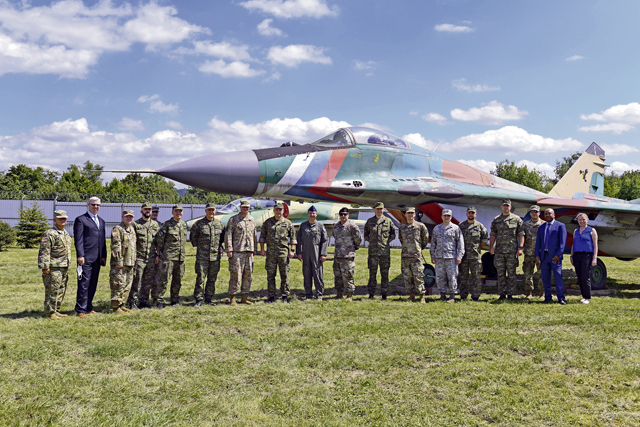
SLIAC AIR BASE, Slovakia — Members from the U.S. Air Forces in Europe and Air Forces Africa force development program visited Sliac Air Base, Slovakia, July 27-31, to participate in a force development engagement with the Slovak air force.
The engagement provided an opportunity for the U.S. Air Force to enhance relations, share ideas and build partnership capabilities within the region.
The program also fosters and cements personal and professional relationships between services, and enables long-term mission success in the European theater, said U.S. Air Force Col. Jeffery Patton, USAFE-AFAFRICA plans, programs and analyses deputy director.
“We affirm that we have the same strategic objectives, as well as similar challenges, but we both speak the language of airpower,” Patton said.
Force development programs like this serve as a way for both forces to come face-to-face and lay the foundation for strengthening partnerships and future engagements.
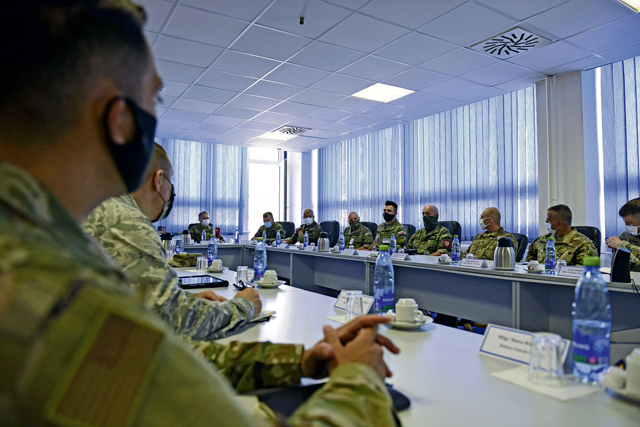
“The first phase of the force development program is about introducing ourselves and starting a relationship,” said U.S. Air Force Brig. Gen. Christopher J. Ireland, USAFE-AFAFRICA chief of staff. “We had a chance to come here during the most significant modernization in Slovak military history, and to listen and figure out ways to help — particularly through their personnel programs.”
In 2018, the Slovak Ministry of Defense announced the purchase of 14 F-16 Block 70/72s, the largest defense purchase in their history, to replace aging MiG-29 fighters.
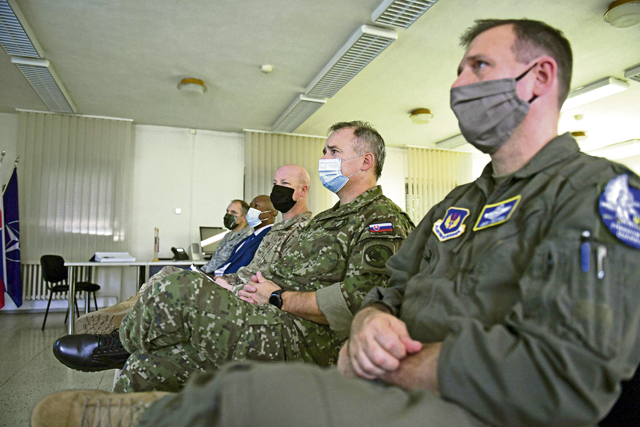
With the Slovak air force’s acquisition of the F-16 weapons systems, the USAFE-AFAFRCIA force development team’s goal was to assess and share best practices on how to better integrate the aircraft into the Slovak air force, and increase interoperability with other NATO members. The visit was a first for the U.S. Air Force and Slovakia.
“Undoubtedly, the new F-16 Block 70 aircraft is a significant improvement to Slovak air force capabilities,” said Brig. Gen. Róbert Kleštinec, Slovak air force deputy commander. “From our perspective, the capstone of our military cooperation is firmly connected with NATO, either at a multilateral or bilateral level. In the future, we believe that F-16 aircraft have a great potential to be used in support of NATO initiatives, missions and operations, such as air policing, or as a part of the NATO Readiness Initiative.”
The transatlantic strategic relationship between the U.S. and its allies and partners has been forged over the past seven decades, and it is built on a foundation of shared values, experiences and vision.
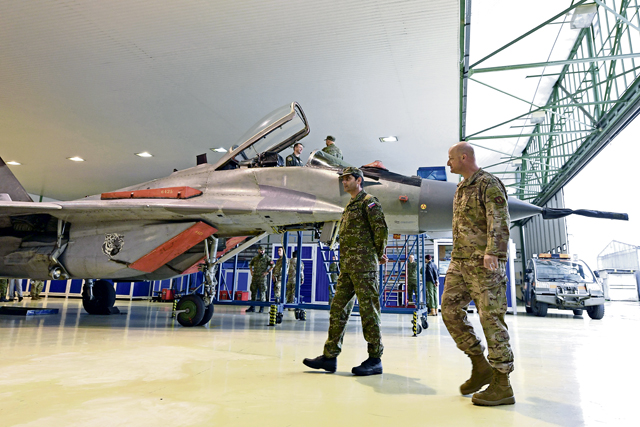
“It’s not just the selling of the jet,” said Ireland. “It’s the training and the commitment to continue to operate alongside each other. The force development program gives the Slovak air force opportunities to come and see how we do things. Not because that’s how we want them to do it, but because it helps to look at different ways of doing things.”
The two-way communication allows both organizations to share their best practices in regards to aircraft, operations and interoperability. Both forces are looking forward to the next engagement, when the Slovak air force’s senior delegation will meet various USAFE-AFAFRICA leadership in Germany, in preparation to receive their own jets.
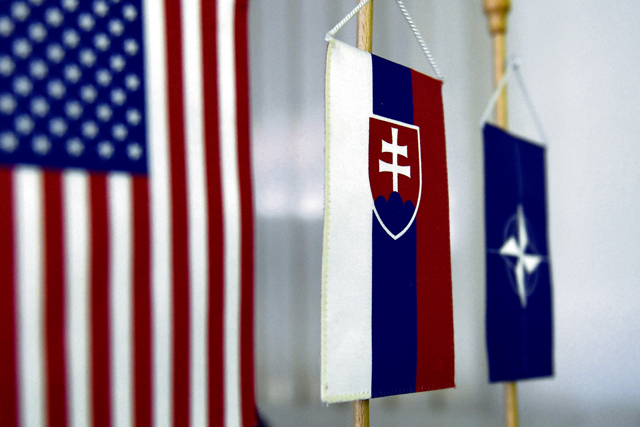
“It is a great opportunity to see an F-16 unit in person, to learn how it operates at large and also in all detailed aspects,” said Kleštinec. “When we talk about Slovakia’s recent procurement, we naturally turned toward USAFE to help us with the introduction of the aircraft into the Slovak air force inventory. So, we are looking forward to visiting one of the USAFE F-16 squadrons, where we will be looking for answers to our questions related to its structure, operation procedures, maintenance, logistics and more.”
“The Slovak air force was an amazing host, and very focused on successfully modernizing their forces to become more interoperable with NATO,” said Patton. “We want to ensure they know that USAFE shares that same goal.”


